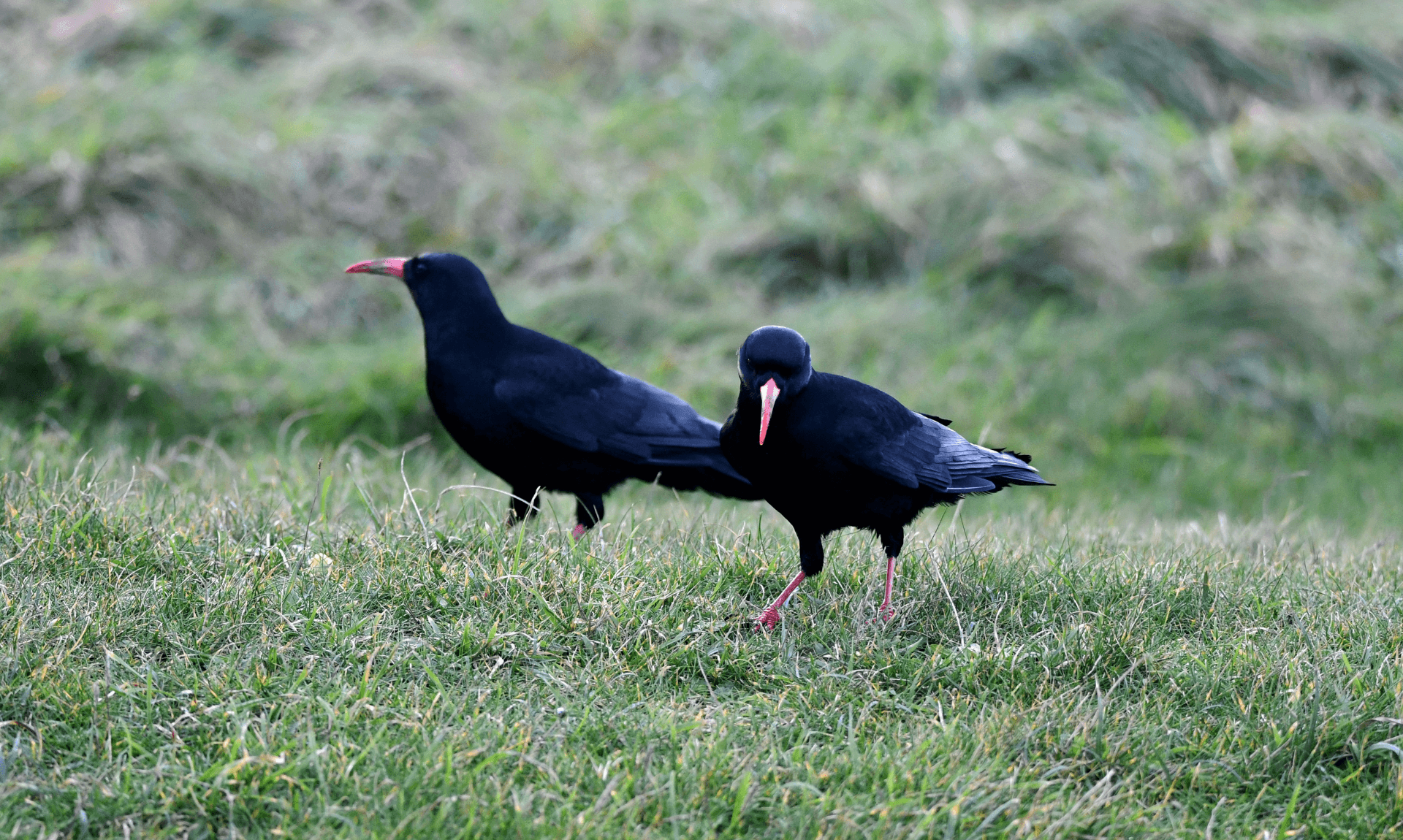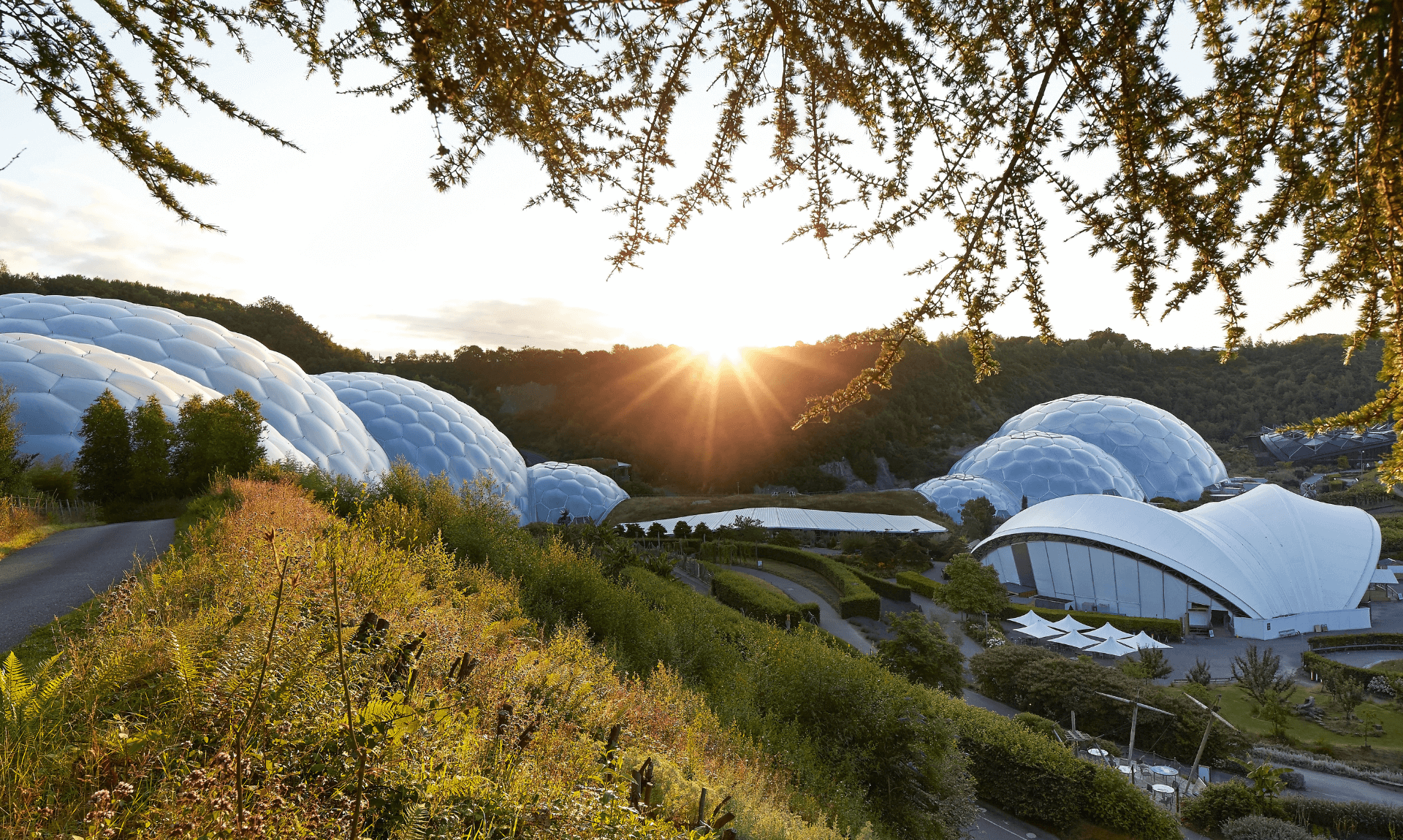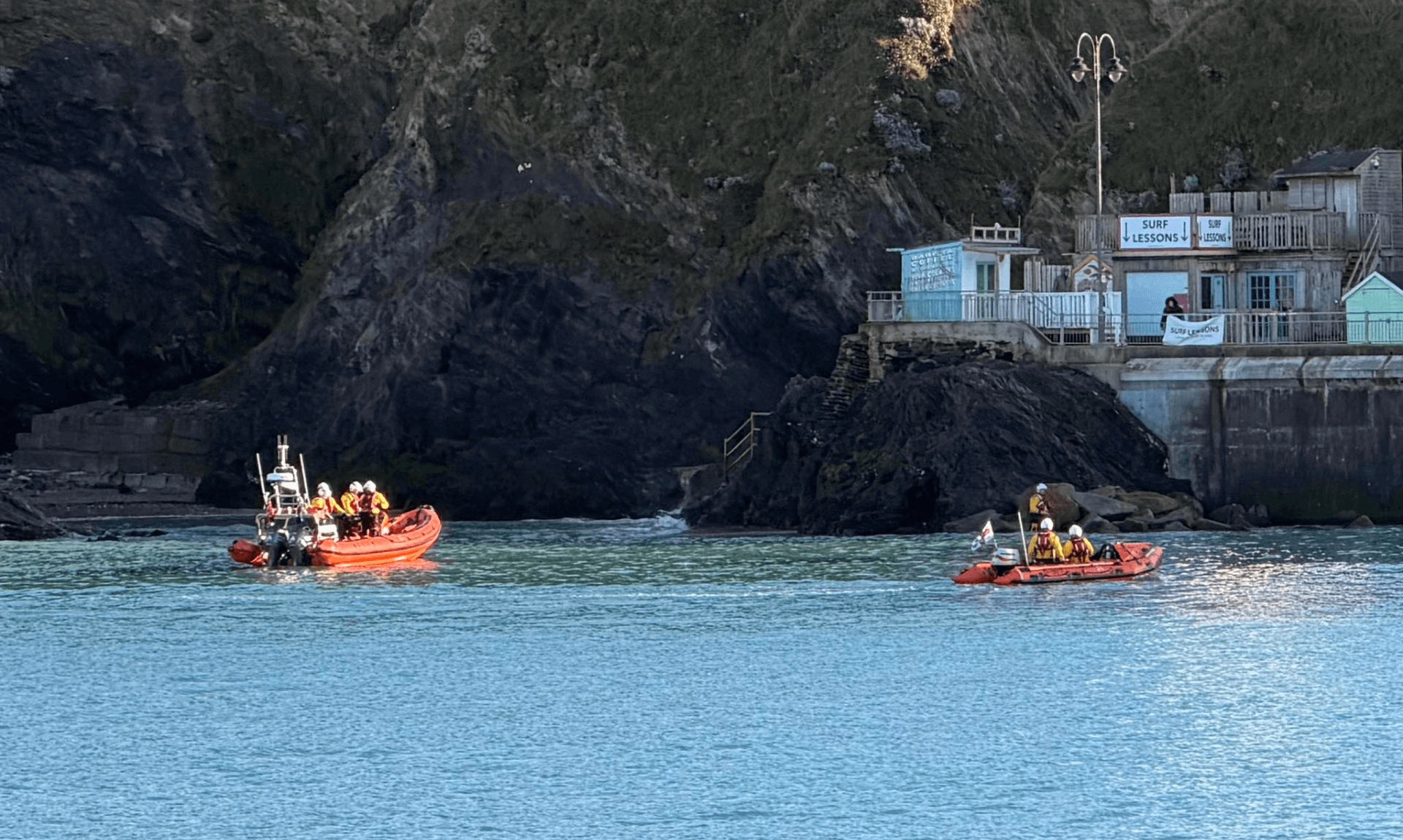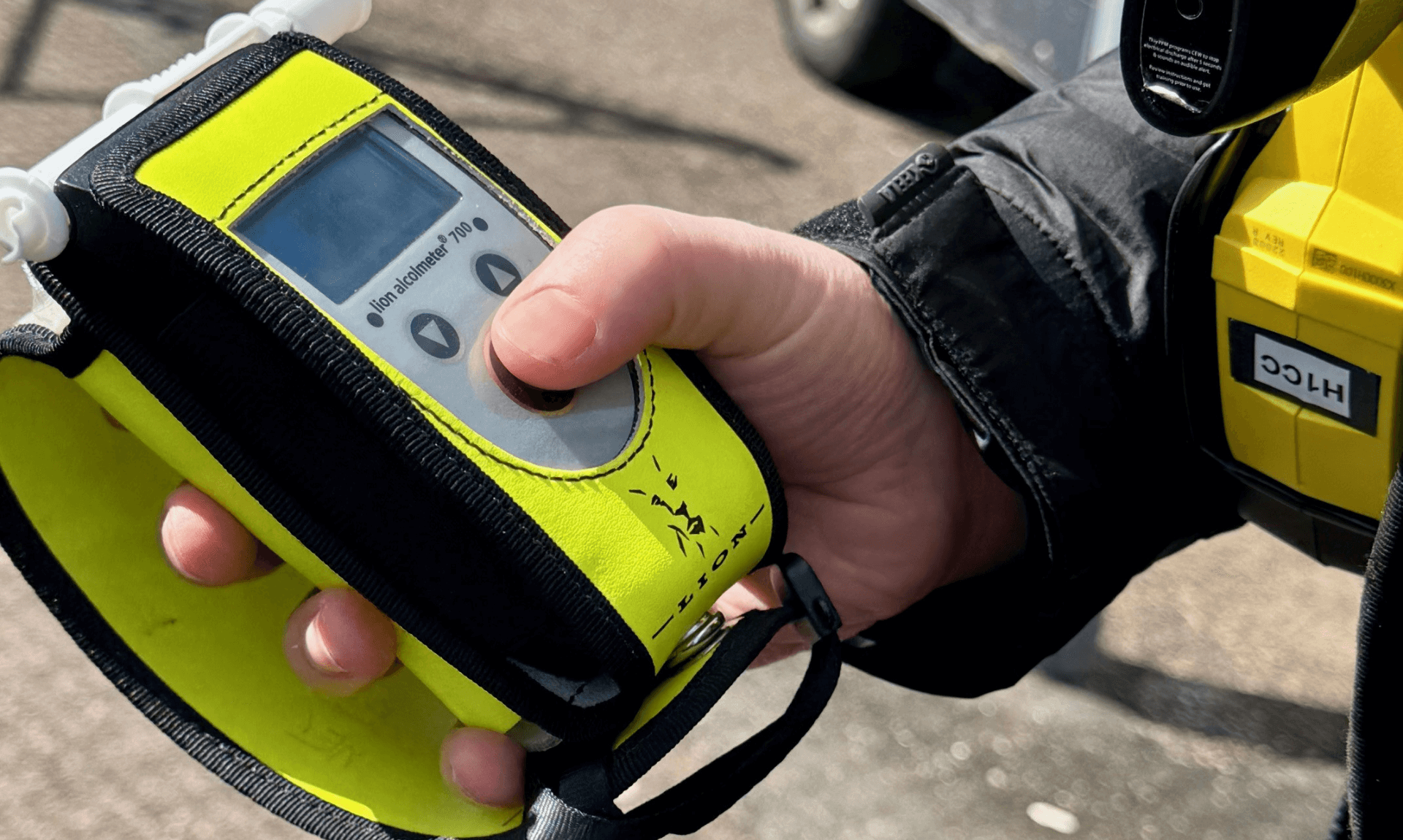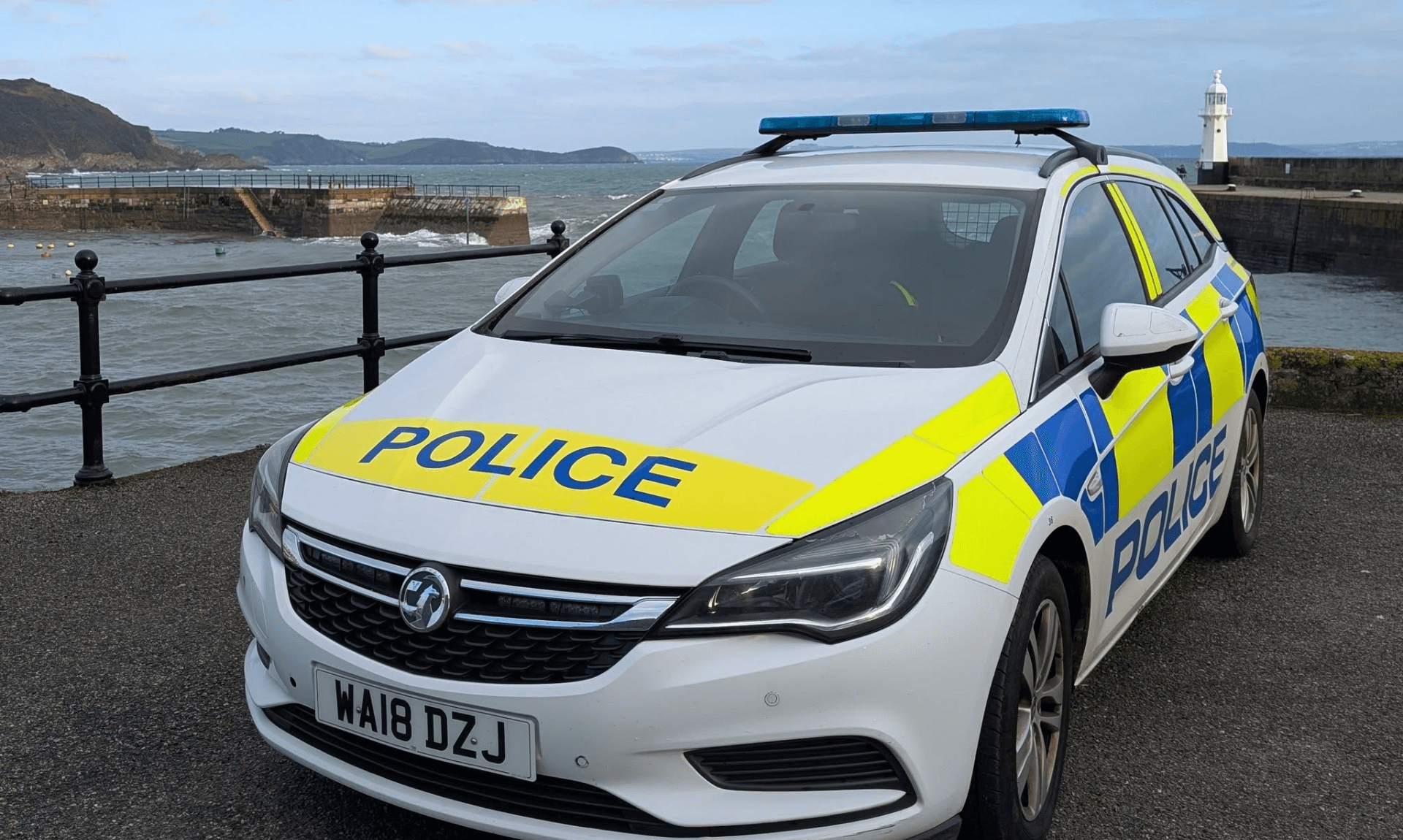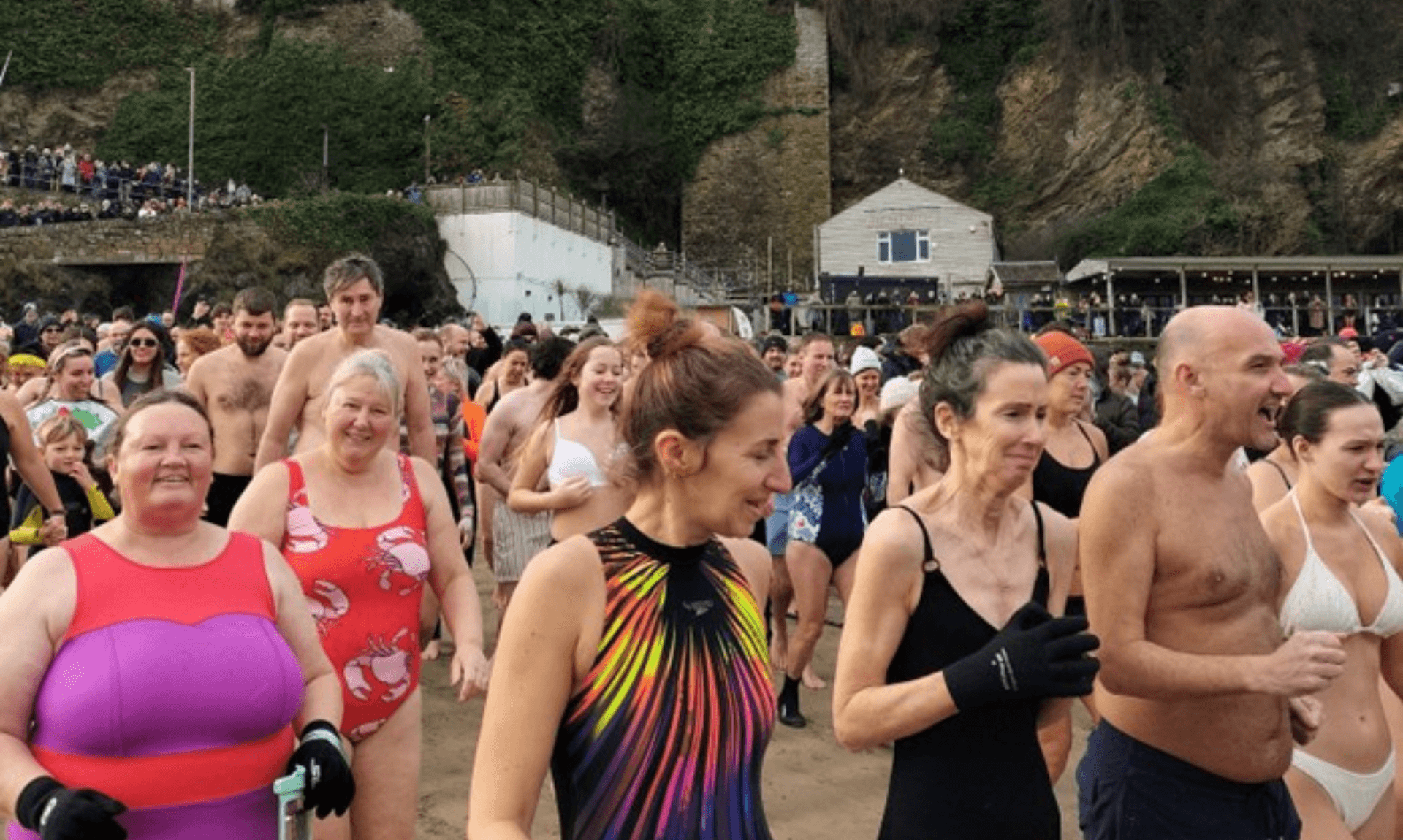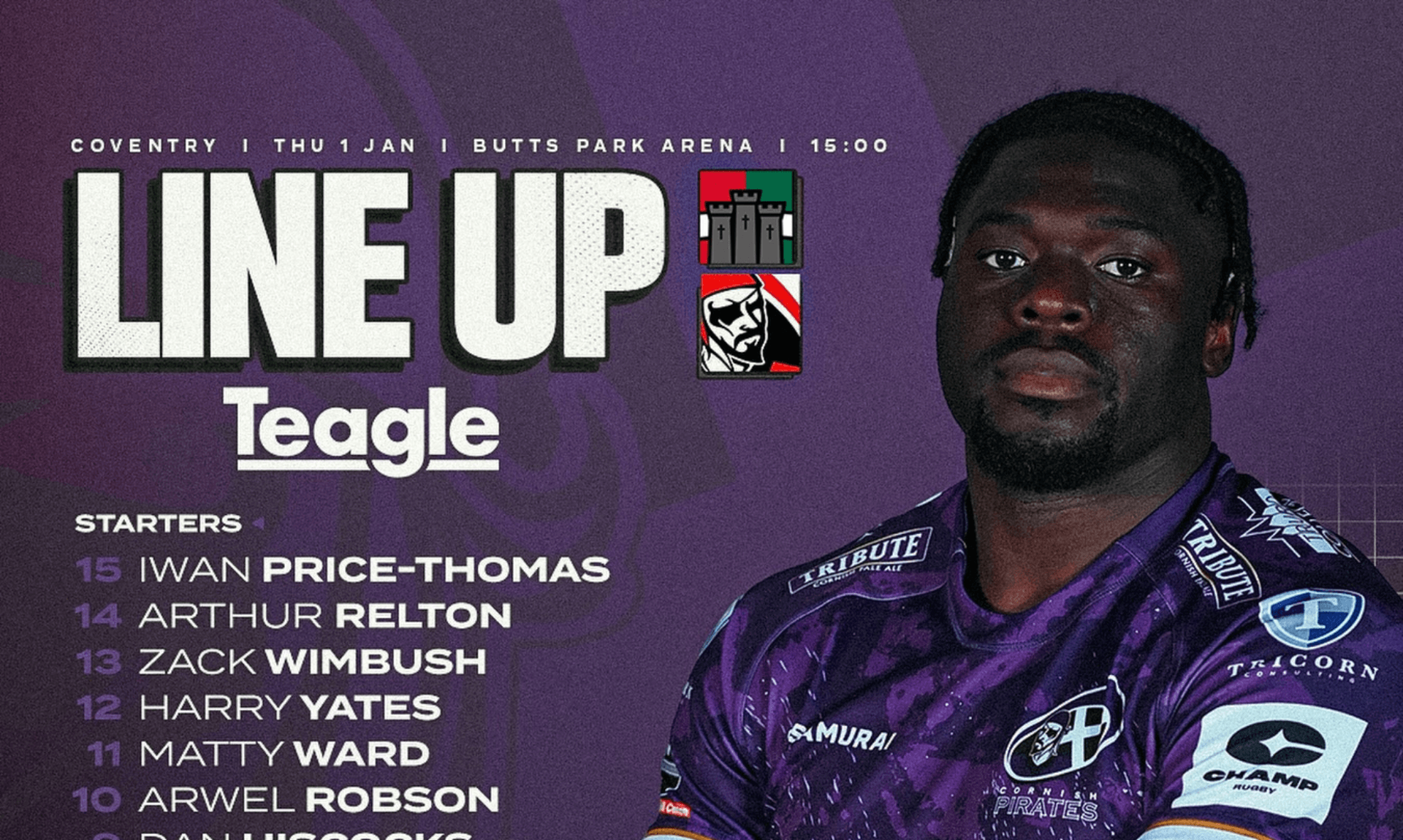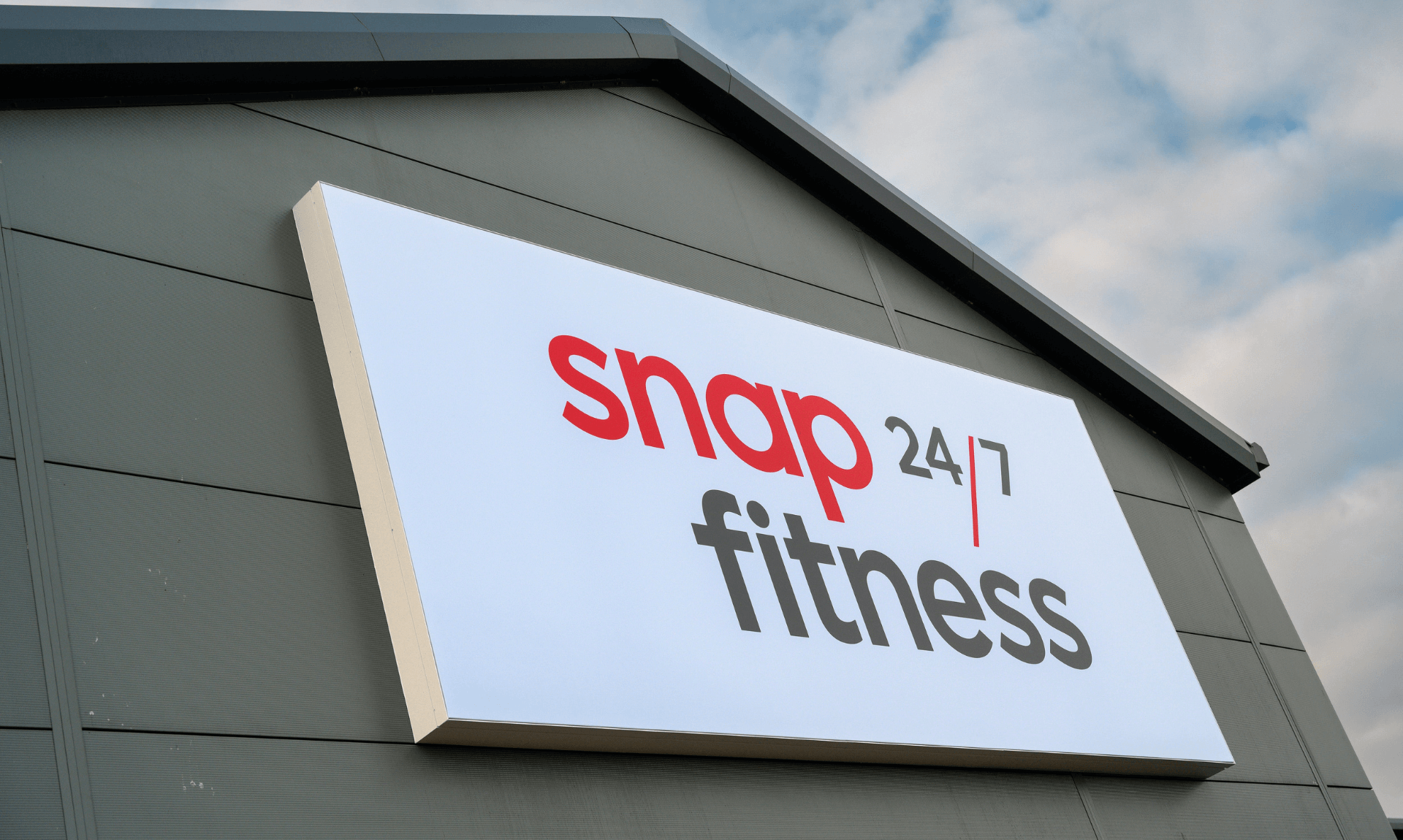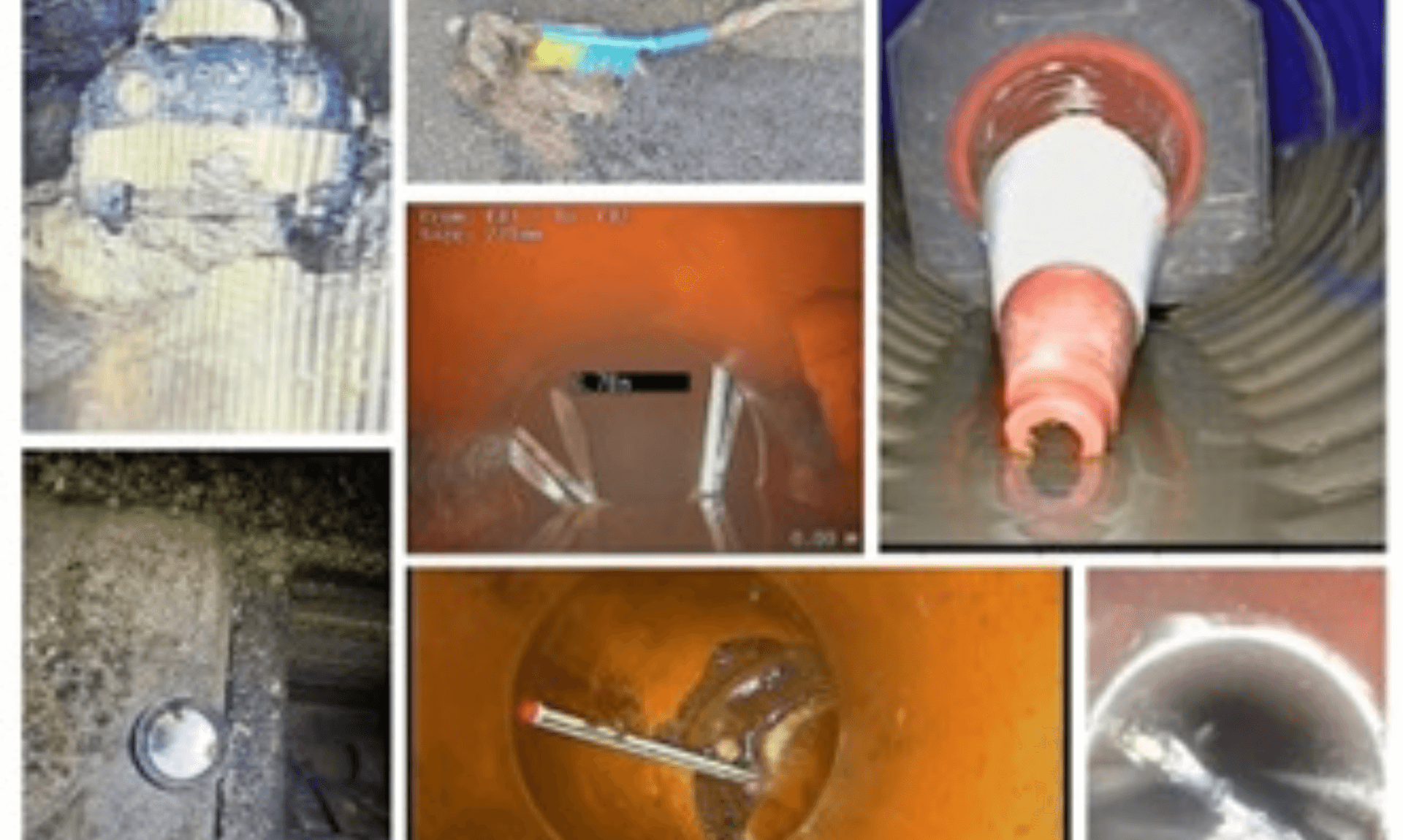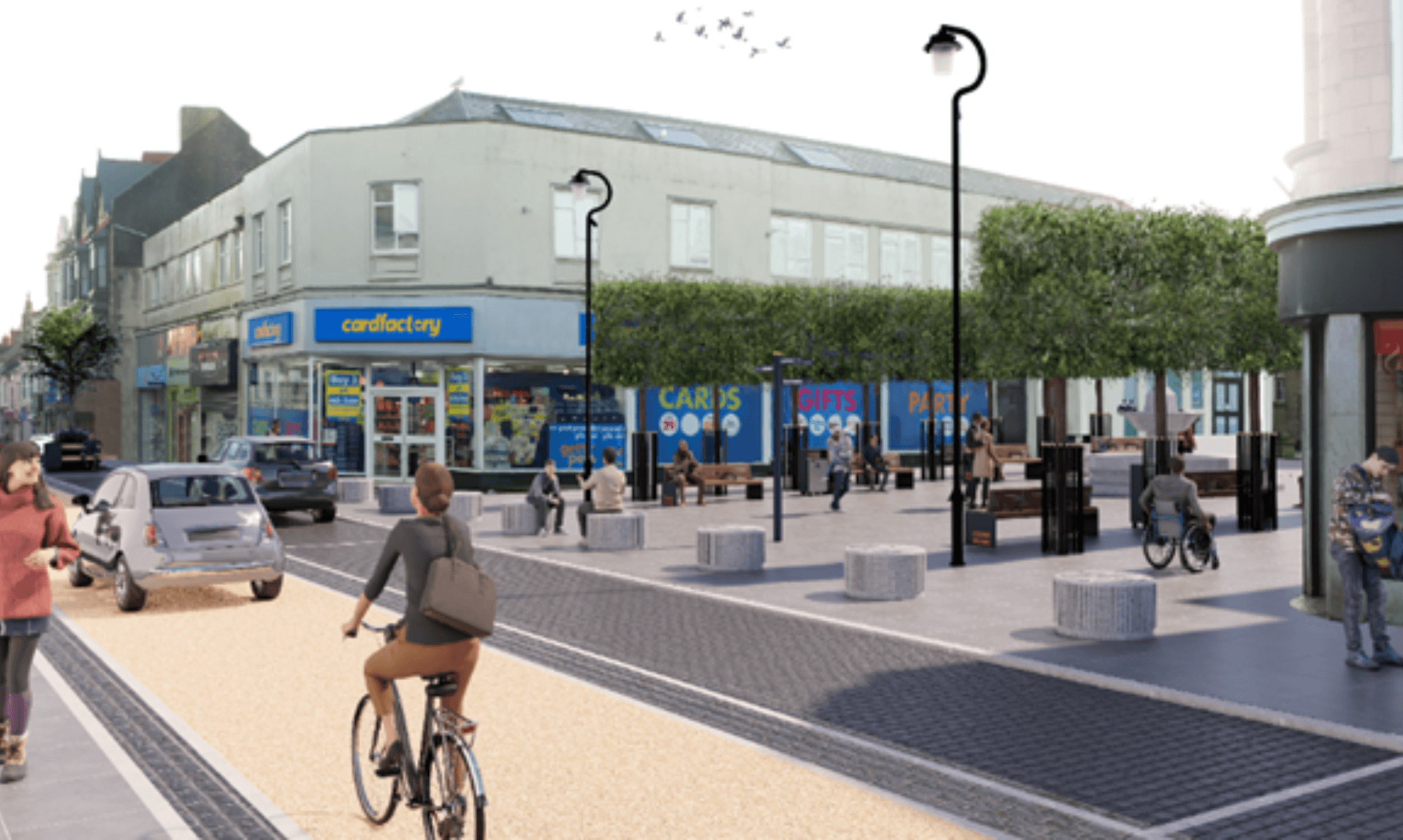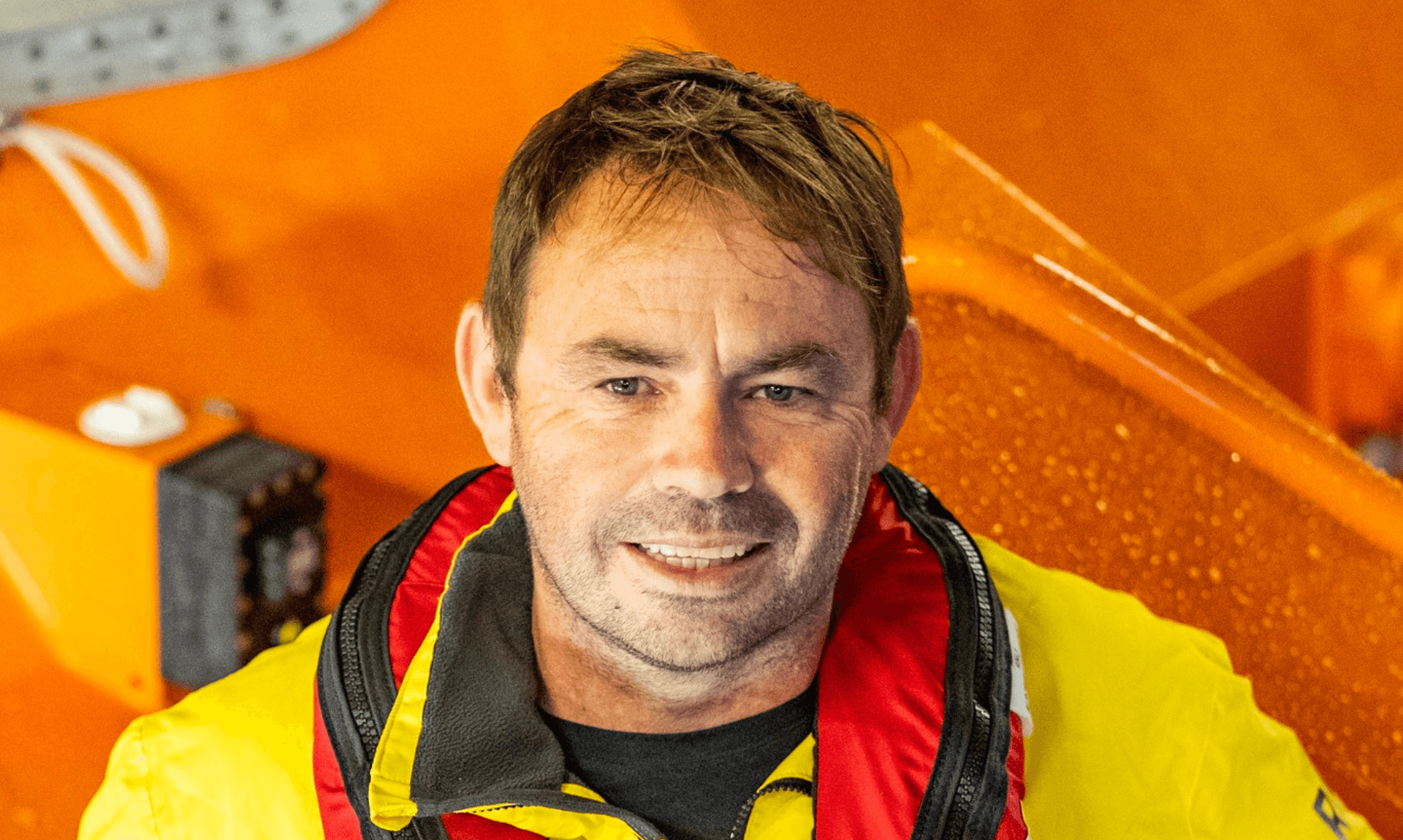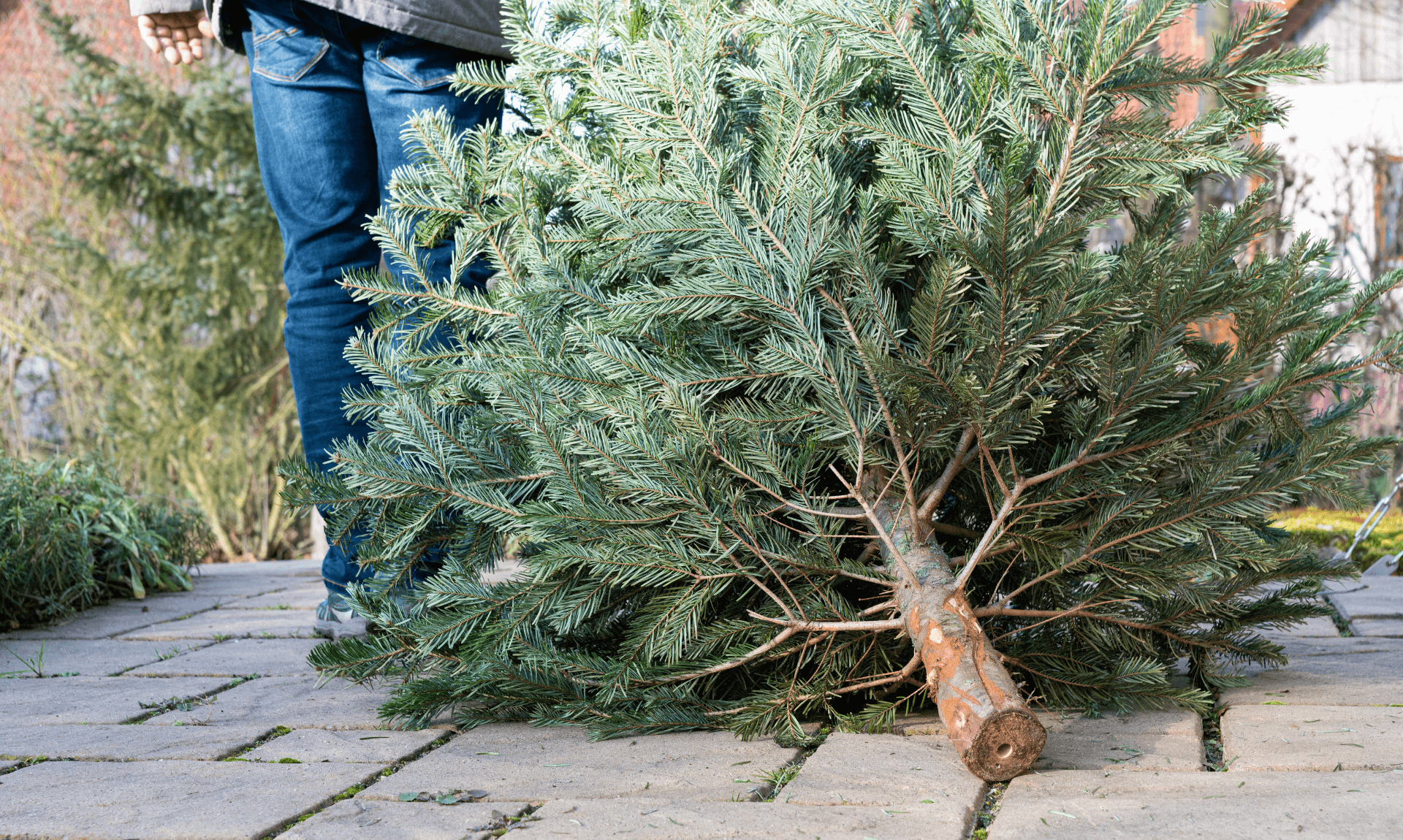Tamar 2050 Programme: What’s Next for the Tamar Bridge and Torpoint Ferry?
The next phase of the Tamar 2050 programme has been confirmed, with an independent chair appointed to oversee plans aimed at securing the long-term future of the Tamar Bridge and Torpoint Ferry.
A New Chair to Lead the Way
Richard Stevens MBE, Managing Director of Go Southwest, which operates Plymouth Citybus and Go Cornwall Bus, took up his role as chair of the Tamar 2050 Stakeholder Panel in December.
A self-proclaimed “Westcountry boy”, Richard’s career in transport began as a bus driver in Penzance at the age of 20. Over the past 36 years, he has worked at local, regional, and national levels in transport while also holding leadership roles across business, retail, and the economy. His experience includes Chair of Plymouth Chamber of Commerce for over 10 years, alongside roles with the Plymouth Area Business Council, Plymouth Growth Board, and Destination Plymouth. He is currently a Director of the National Marine Park and Chair of City College Plymouth.
What Is Tamar 2050?
Developed by the Tamar Bridge and Torpoint Ferry Joint Committee in partnership with Plymouth and Cornwall Councils, Tamar 2050 is a transformational programme designed to create a sustainable future for both crossings.
“The Tamar Bridge and Torpoint Ferry are vital for the people and communities who rely on them to get to work, school, and access health, leisure and other services,” said Joint Chairs Cornwall Councillor Martin Worth and Plymouth City Councillor Jon Dingle. “They also play a key role in supporting the local economy.”
“To provide long-term sustainability, we have to ensure that the crossings are fit for purpose and that they are supported and correctly financed.”
Key Areas of Focus
The programme is targeting nine key areas to ensure the crossings remain viable:
- Improving Efficiency – Reviewing how the crossings function and identifying new ways to enhance operations.
- Exploring Commercial Opportunities – Looking at potential revenue streams on both the bridge and ferries.
- Investing in Local Talent – Creating more apprenticeships and expanding STEMM events (Science, Technology, Engineering, Mathematics and Medicine).
- Technology-Driven Tolling – Assessing the potential for card-only booths and open road tolling to improve capacity and reduce journey times.
- Greater Public Engagement – Strengthening ties with businesses, transport providers, and local communities.
- Keeping Tolls Affordable – Finding ways to minimise toll increases, while continuing to push for government financial support.
- Carbon Neutral Ferries – Investigating ways to reduce the environmental impact of ferry operations.
- Wider Transport Connectivity – Exploring new crossing options and improved links with GWR, buses, and ferries.
A Stakeholder Panel for the Future
A key part of the Tamar 2050 plan is the Stakeholder Panel, which will give a voice to those who use or rely on the crossings. This includes:
- Bridge and ferry users
- Cyclists and pedestrians
- Businesses and transport providers
- Local residents, schools, and colleges
- Local councillors and MPs from both sides of the river
Sitting beneath the panel will be a series of sub-groups, each focusing on specific aspects of the programme.
“We know that there are going to be some significant changes in road transport and the ways in which people move from one place to another over the next 25 years,” said Richard Stevens.
“The panel has been given the task of identifying a plan to ensure that the crossings are still here for the future generations that will need to use them. This is not just about how we pay for these vital assets, it’s about what the next generation of ferries and bridge need to look like.”
What Happens Next?
The structure and membership of the Stakeholder Panel and sub-groups are currently being finalised, with a report due to be discussed at the next Joint Committee meeting in March.
“For me, this is about making sure that there is a legacy for our children and grandchildren, and for the children that have not even been born yet, to make sure that they can have the facility of movement and access to great services,” said Richard Stevens.
“The crossings are vital infrastructure for our society, and I think we owe it to future generations to get this right.”
Share This Story, Choose Your Platform!
To keep up with the latest cornish news follow us below
Follow CornishStuff on Facebook - Like our Facebook page to get the latest news in your feed and join in the discussions in the comments. Click here to give us a like!
Follow us on Twitter - For the latest breaking news in Cornwall and the latest stories, click here to follow CornishStuff on X.
Follow us on Instagram - We also put the latest news in our Instagram Stories. Click here to follow CornishStuff on Instagram.
You Might Also Be Interested In
Don’t Miss What’s Happening in Cornwall
Join others in Cornwall by receiving the latest daily news in Cornwall, sent direct to your inbox.


